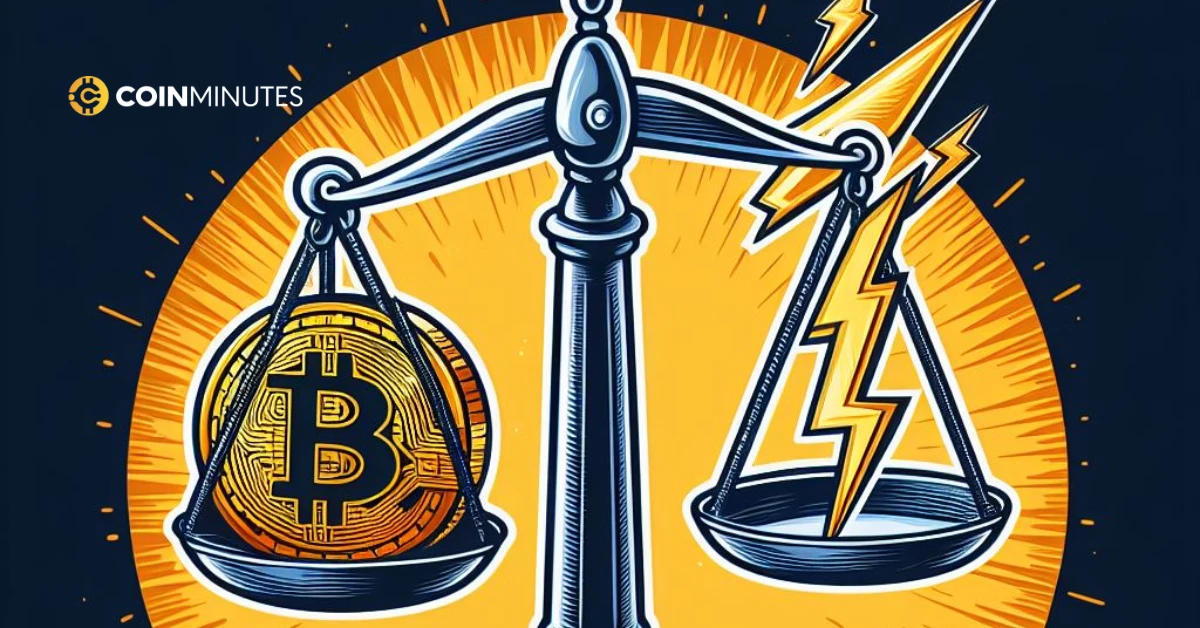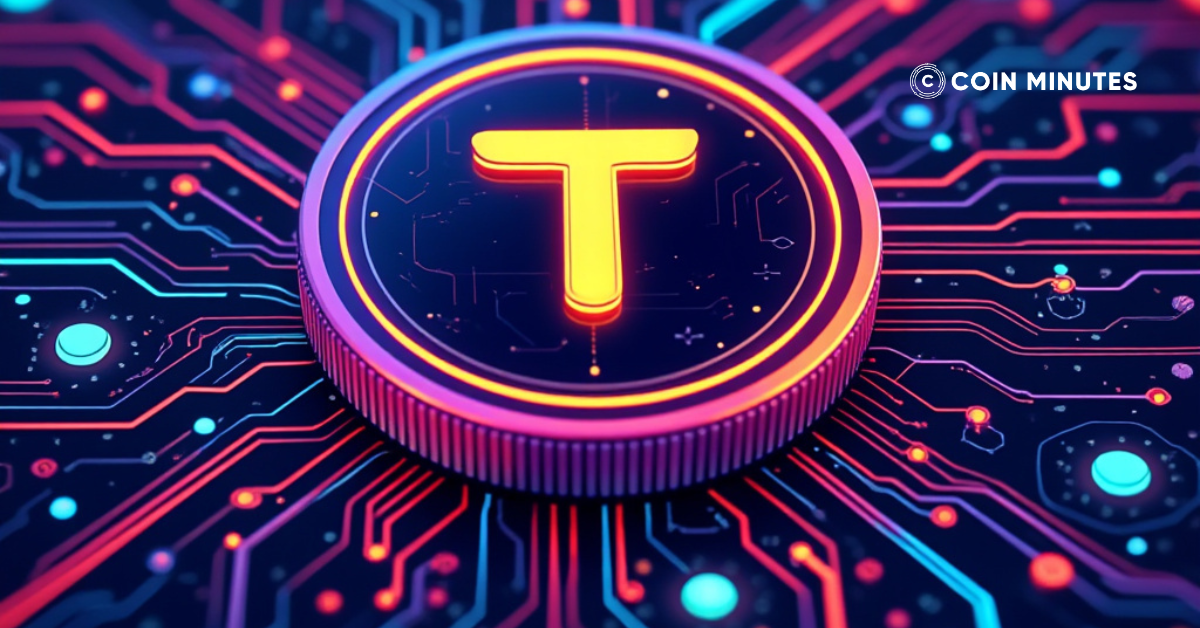Understanding the key differences between the Bitcoin Network and the Lightning Network is crucial in the cryptocurrency world.
This article delves into transaction speed, fees, scalability, security, and use cases of both networks. By examining these criteria, you can determine whether to use the Bitcoin Network for large transactions and investments or the Lightning Network for frequent, smaller transactions.
This comprehensive guide will help you make an informed choice between the two, optimizing your cryptocurrency experience.
Key Takeaways
|
Bitcoin Network vs Lightning Network
The Bitcoin Network and the Lightning Network are integral components of the cryptocurrency landscape, each serving distinct purposes.
The Bitcoin Network is the original blockchain technology designed for secure, decentralized transactions. In contrast, the Lightning Network is a layer-2 solution built on top of the Bitcoin blockchain to address scalability issues by enabling faster, cheaper transactions.

Transaction Speed
The Bitcoin Network processes transactions in approximately 10 minutes, depending on network congestion. This speed is suitable for larger, less frequent transactions but can be slow for everyday use.
The Lightning Network, however, enables near-instant transactions by conducting off-chain operations and only settling final balances on the blockchain, making it ideal for microtransactions and frequent transfers.
Transaction Fees
Bitcoin Network fees can be high, especially during peak usage times, as fees are determined by supply and demand for block space. This can be a deterrent for small transactions.
The Lightning Network significantly reduces costs by aggregating multiple transactions off-chain, only incurring fees when channels are opened or closed, thus offering a cost-effective solution for frequent and small payments.
Scalability
Scalability is a challenge for the Bitcoin Network due to its inherent design, which prioritizes security and decentralization over speed and throughput. Each block can only contain a limited number of transactions, leading to bottlenecks.
The Lightning Network addresses this issue by allowing countless transactions to occur off-chain, only updating the main blockchain when necessary. This approach drastically improves transaction throughput and reduces latency.
Security
The Bitcoin Network is renowned for its robust security, leveraging a decentralized network of nodes and miners to validate transactions.
Read more about how safe Bitcoin is: coinminutes.com/learn/is-bitcoin-safe
While the Lightning Network also ensures strong security, it introduces additional considerations, such as the need for continuous channel monitoring to prevent fraud. However, the use of smart contracts and multi-signature techniques enhances its security model.
Use Cases
The Bitcoin Network excels as a store of value and for large, less frequent transactions due to its security and reliability. It’s often used for significant financial transactions, investment purposes, and holding assets.
The Lightning Network, on the other hand, is optimized for everyday use cases such as microtransactions, enabling instant payments for goods and services, tipping, and other frequent, small-scale transactions.
Should I Use Bitcoin or Lightning Network?
The choice between using the Bitcoin Network or the Lightning Network depends on your specific needs.
If you are looking to make high-value transactions or invest in cryptocurrency for the long term, the Bitcoin Network is ideal due to its robust security and established reliability.
However, if you need to conduct frequent, smaller transactions, the Lightning Network is more suitable due to its speed and lower transaction fees. For most users, a combination of both networks can provide the best, leveraging the strengths of each for different types of transactions.
The Bottom Line
Both the Bitcoin Network and the Lightning Network offer unique advantages and cater to different use cases. The Bitcoin Network remains a secure and reliable choice for high-value transactions and long-term investments, while the Lightning Network offers a scalable and cost-effective solution for everyday microtransactions.
By understanding the strengths and limitations of each network, users can make informed decisions to optimize their cryptocurrency transactions based on their specific needs. The future developments in both networks promise to enhance their functionalities, making Bitcoin an even more versatile and powerful tool in the world of digital finance.








